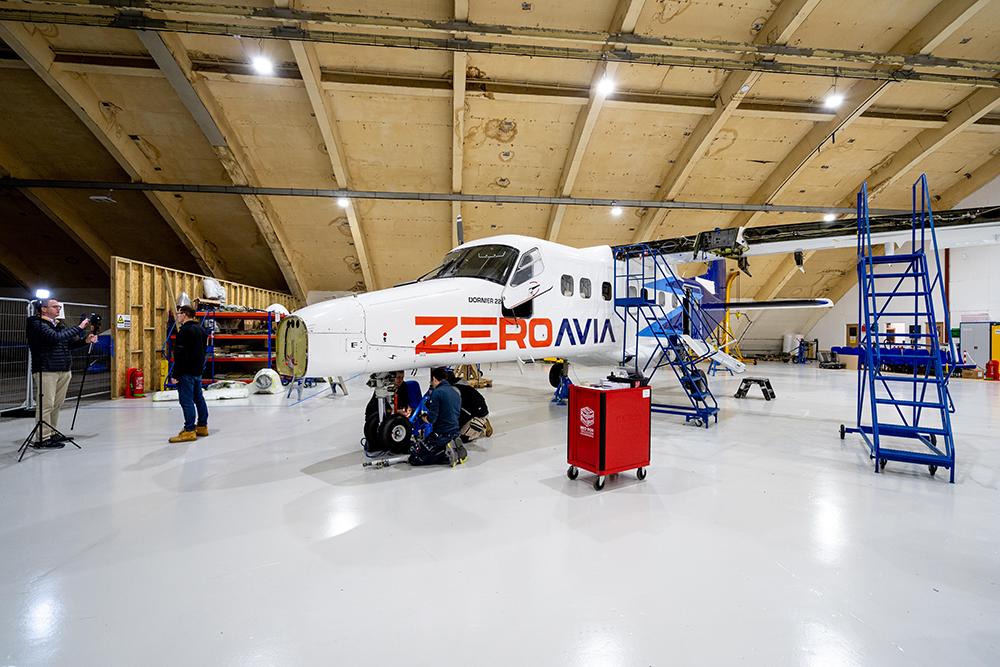
Aviation Week held its first Aerospace Incubator event last week in Miami, Florida. A mix of approximately 200 attendees—ranging from aerospace OEMs and aftermarket companies to technology providers and venture capitalists—came together to discuss a wide variety of issues in the aerospace IT and advanced air mobility (AAM) segments. Coming off the heels of MRO Europe’s in-person return last month, it was great to spend time talking to and learning from a smaller group of industry stakeholders. (I also couldn’t complain about the beautiful weather in Miami, since it was approximately 40 degrees colder in my hometown of Chicago!)
During the event’s AAM track, several key issues emerged that future-focused aftermarket providers, suppliers and OEMs should be considering as they prepare to participate in this new segment. Although I’ve had my eye on aftermarket implications for AAM for some time now, it seems like the hype around the vehicles themselves is dying down enough so that focus can finally be placed on building up maintenance and aftermarket capabilities.
During a panel about AAM infrastructure capabilities, several experts discussed what a vertiport experience will look like, including the maintenance aspects of an AAM aircraft turnaround.
According to Mujahid Abdulrahim, assistant professor at the University of Missouri-Kansas City’s School of Computing and Engineering, the industry will likely try automating pre-flight checks as well as maintenance and repair operations so that turnarounds can be quick enough to support the number of daily flights most electric vertical-take-off-and-landing (eVTOL) OEMs intend to operate.
Joseph Alesia, senior vice president of business development for Ferrovial Airports (which is working to building vertiport networks in the U.S. and Europe), pointed out that aircraft diagnostics will be key to maintenance operations by communicating the health of eVTOLs, including battery levels. Although charging operations will be a key part of vertiports, Alesia noted that traditional aircraft do not always operate with full tanks, so eVTOLs will not necessarily need to have fully charged batteries, either.
During a panel about the AAM supply chain, subject matter experts (SME) raised some other maintenance and aftermarket-related concerns that will need to be on stakeholders’ radars as well, including how regional climate conditions will impact battery life and how supply chain shortages will impact parts availability—particularly as eVTOL OEMs compete with automotive OEMs for suppliers.
While much of the AAM focus has been on air taxis, SMEs from the event’s last panel about the future of eVTOLs pointed out that there are plenty of other applications for these types of vehicles, such as medical transport, cargo and firefighting. These special mission applications could provide interesting opportunities in the retrofit space as eVTOL operators look to diversify their capabilities.
There is already a lot of aftermarket-related action happening in the AAM space. On the workforce side, Volocopter announced this week that it had partnered with The Institute of Technical Education, Singapore to establish maintenance personnel requirements for eVTOL aircraft. In September, Beta Technologies selected CAE to develop the maintenance training program for its Alia eVTOL.
These efforts are not just happening for eVTOLs. Deutsche Aircraft is working with German Part 147 AERO-Bildung to train future workforce on maintaining hydrogen aircraft platforms and Lufthansa Technik is researching maintenance processes for hydrogen technology.
Meanwhile, aircraft conversions to hydrogen propulsion platforms are already in the works. Startup ZeroAvia just announced plans to develop a supplemental type certificate to convert the Dornier 228 regional turboprop to hydrogen-electric propulsion and to convert the ATR 72 freighter to hydrogen fuel-cell propulsion.
These insights and developments only scratch the surface of perspectives shared at Aerospace Incubator. Stay tuned to MRO Digest and Inside MRO for more insights and analysis over the coming months.
Since this was Aviation Week’s first Aerospace Incubator event, we would love feedback. For those who attended, what did you like and what could be improved? And for anyone interested in aerospace IT and AAM, which topics, speakers or companies would you like to see next year? Please send me your feedback and I will make sure to share your thoughts with our stellar events team.





